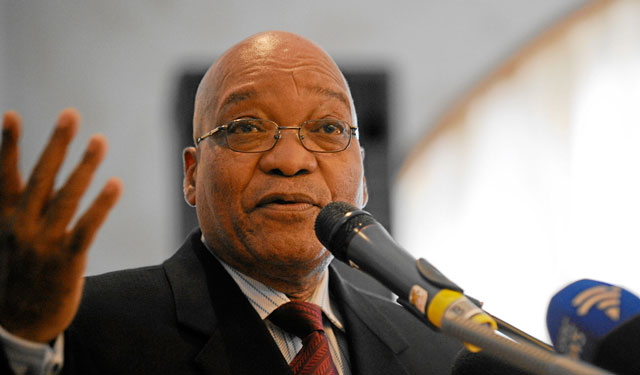
Government’s centralised IT services and technology procurement organisation, the State IT Agency, will in future no longer report into the minister of public service and administration. Rather, it will in future report into the ministry of telecommunications and postal services, headed by Siyabonga Cwele.
This is one of a number of surprising decisions related to the information and communications technology (ICT) sector contained in a proclamation by President Jacob Zuma, published last week, which sets out the transfer of administrative powers and functions to various members of the cabinet.
The proclamation deals in large part with which entities will report into the department of telecommunications and postal services and which will report into the new department of communications headed by minister Faith Muthambi. The departments were created following the controversial decision by Zuma to split the old communications department in two.
Zuma’s proclamation contains a number of other surprises, among them that the Film and Publication Board, which previously fell under the ministry of home affairs, will report into the ministry of communications, which now also houses the SABC, government’s communication arm, GCIS, and Brand South Africa.
After debate about which department it should fall under, Zuma has affirmed his earlier decision that communications regulator Icasa will report into the new communications minister, even though much of the authority’s work involves the telecoms sector rather than broadcasting.
“I am concerned about where Icasa is located,” says Denis Smit, MD of technology consultancy BMI-TechKnowledge. “In my opinion, it’s better located in telecoms and postal services, but I think that battle is lost.”
Perhaps most interesting in Zuma’s proclamation is his decision to move Sita, which was formed in 1998 as government’s centralised IT services organisation, to the department of telecoms and postal services, a department responsible more for policy formulation than the operational management of public sector services.

But Smit says the decision to move Sita is in line with government’s objective of rationalising state IT resources.
Does it make sense? “I think partially,” Smit says. “Some of it should stay, but some of Sita definitely belongs in telecoms and postal services. I’m not sure about government’s buying of IT systems and transversal systems, but it does make more sense [under telecoms] than under public service and administration. On balance, it’s a better ministry to be placed under and I think it’s a good move.”
Smit says the proclamation is the beginnings of the state consolidating its technology assets. “It’s happening in the private sector and it makes absolute sense for the state to consolidate its ICT assets, too.”
Curiously, Zuma’s proclamation doesn’t deal with state-owned telecoms infrastructure business Broadband Infraco, which is expected to report in future into telecoms and postal services. Until now, it has reported into the department of public enterprises.
Also not mentioned is the Universal Service & Access Agency, which could be merged with the Media Development & Diversity Agency. — © 2014 NewsCentral Media
- Top image: World Economic Forum




